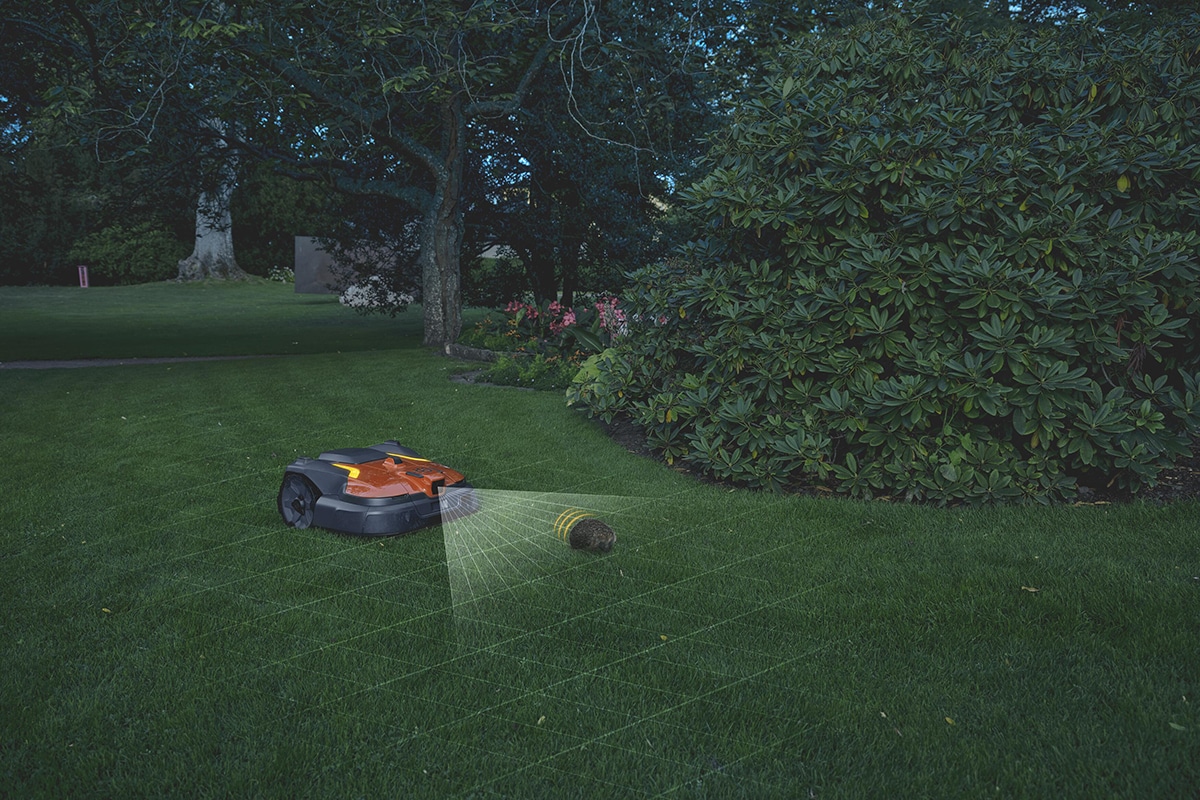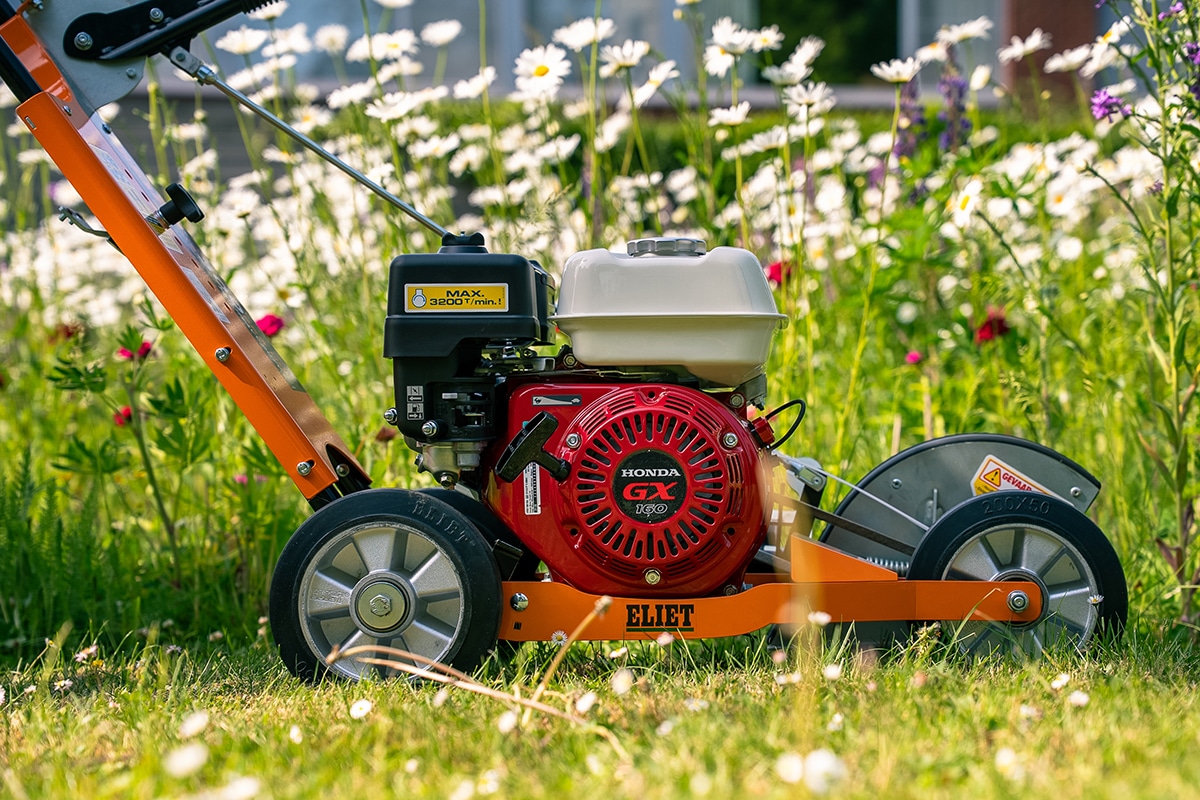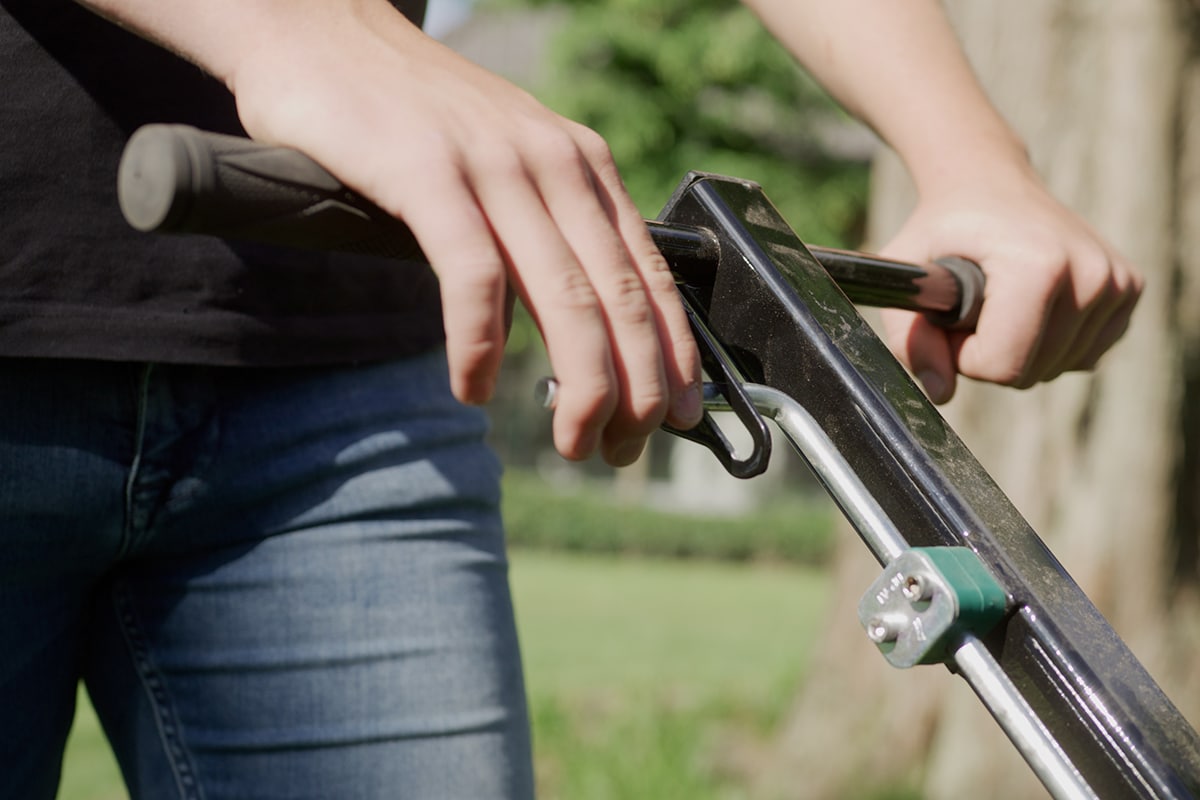
Six tips for a stable ecosystem - Plant assortment for increased biodiversity
Creating more diversity in plantings promotes that biodiversity and makes gardens and public green spaces important stepping stones to maintain habitats for species.

There are strong interactions between plants and animals. For example, plants attract insects and birds based on their food supply and position, smell, color and flowering period, and insects and birds adapt to them in terms of life cycle, fledging period, external characteristics, food need and senses.
For pollinators, a distinction can be made between generalists, such as honey bees, who find their pollen/nectar from multiple plant species, and specialists, who only fly on one or a few species. Specialists are therefore more vulnerable to changes such as plant species disappearance or adjustments in flowering time.
Preserve natural values
At the beginning of the design phase, an inventory of the biodiversity values already present - mature useful plant species, nesting sites of birds or insects, the presence of certain mammals such as hedgehogs - is recommended. Indeed, the biodiversity value of mature plant species is considerably higher than that of young, newly planted specimens, and so it pays to preserve them. If adaptation does become necessary, work in phases and provide a migration time for the species present.

Structural diversity
A layered planting with both a grass or herb layer, and a hem layer with perennials, a shrub layer and a tree layer provides the shelter and wintering places needed by many species. Different elevation levels are also of interest. For example, a lot of butterfly species need light spots and lee areas for temperature regulation, a slope level for movement, and trees or shrubs for overwintering.
Location
A plant can only develop qualitatively and positively influence biodiversity in the right location (soil texture, pH, light availability). So a one-to-one substitution merely for the sake of similar appearance, as is done for example with boxwood and Ilex crenata, is not a good idea and potentially leads to diseases and pests. Alternatively, there is a wide range of evergreen topiary shrubs, including Osmanthus, Lonicera, Taxus, Euonymus, Phyllerea and also boxwood itself as a bee-friendly plant. Essential at all times: the right plant in the right place.
Native species
Many more insect species occur on native plant species than on non-native ones. In addition, among pollinating insects, the so-called specialists are almost exclusively associated with native plant species. Even for floral seed mixtures, it appears that mixtures with native species have a higher biodiversity potential than those with non-native species. In other words, native species provide a strong foundation for a biodiversity-promoting planting plan.
As the habitat becomes more extreme - business parks, urban gardens, paved roads, green roofs... - native species often do not thrive as well and supplementing with non-native species may well provide a solution. Even when creating a year-round flowering arch, non-native species can serve as a nice addition. In any case, beware of the invasiveness of certain species! Consult the Ecopedia website for this.

Flower and flowering characteristics
While butterflies need only nectar, pollinating insects need pollen in addition to this food source to build honeycombs. Not unimportantly, these resources must be available and at the right time.
For example, in a perennial border, Nepeta x 'Faasinii' can provide nectar and Aster can provide different types of pollen. Other species then produce both, with different amounts of pollen and nectar depending on the species. Species-level information is available from Honeybee Valley, although variations sometimes occur between different cultivars as well. Studies of butterfly species diversity by plant species, in turn, showed it to be very low. A high diversity in plant species must be the
increase food supply.
In order for pollen and nectar to be effectively accessible to insects, open, single-flowered species or cultivars are preferred to double-flowered species and so-called budding plants. For example, the flower buds of Calluna 'Garden Girls' do not open, and thus this bud-flower contributes little to biodiversity. That while several other Calluna vulgaris cultivars with their open flowers do add great value for pollinating insects, partly because of their late flowering season.
Because that too deserves attention: pollinating insects need year-round food, achievable with a planting plan with a flowering arc from early spring to late fall. Handy to know is that the flowering period of different cultivars within one species can also differ. So mixing cultivars can extend the flowering period of a patch planting without changing the appearance. A berry calendar can be used for birds, spreading and diversifying the food supply as much as possible.

Origin of plant material
The use of plant protection products is one of the causes of biodiversity decline in pollinating insects. Despite the ban on neonicotinoids, other active substances are still regularly found today on plants sold as bee-friendly. You can only get certainty from nurseries that are committed to sustainability and use as little or no pesticides as possible, substantiated by quality labels such as VEGAPLAN, MPS-ABC, Global Gap or organic.
Specifically for flower mixtures, in addition to sustainable cultivation, the local origin of seeds is also a consideration. If seed material from other European regions is used in flower mixtures with indigenous species, the flowering period of the plants may differ. Specialists who adjust their flowering period to a certain flowering time will thus miss out on food.



